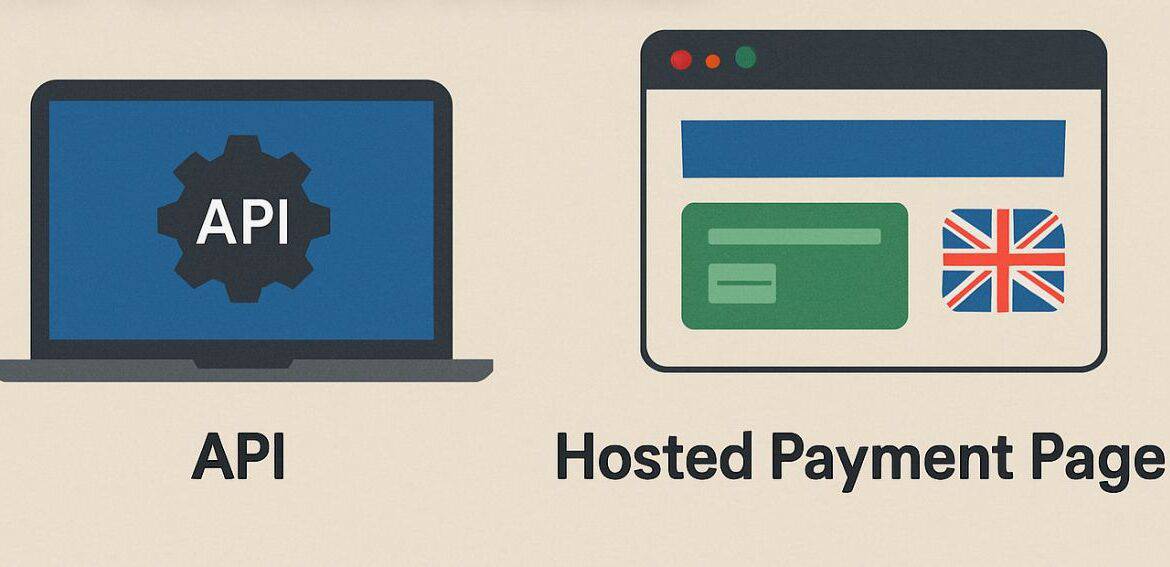Today’s digital economy demands a quick and secure payment method it can count on for business success. In the background, payment APIs help this efficiency by linking merchants with processors, banks, and consumer-facing platforms. APIs are at the heart of many recent payment processing operations, from smooth checkout processes and...
Comparing API vs. Hosted Payment Page Integrations for UK Merchants
UK merchants are continuously making choices that affect how customers perceive their businesses in the quickly digitizing retail landscape of today. Selecting the appropriate payment integration is arguably one of the most important yet underappreciated of these. Even though customers only see a well-designed checkout screen, the technology that powers...
Implementing 3D Secure v2 in WooCommerce: A Developer’s Step-by-Step Walkthrough
3D Secure v2 (3DS2) is rapidly becoming essential for WooCommerce websites seeking to remain SCA (Strong Customer Authentication) compliant and cut fraud. Being more advanced than its previous version, 3DS2 provides a streamlined, mobile-optimized experience that enhances conversion rates without compromising security. This article takes developers step by step through...
Portable Credit Card Terminals: Everything You Need to Know
In today's fast-paced world, convenience and efficiency are key factors in running a successful business. One aspect that plays a crucial role in achieving these goals is the ability to accept credit card payments. Portable credit card terminals have revolutionized the way businesses process transactions, providing a convenient and secure...
How to Set Up a Credit Card Terminal
In today's digital age, credit card terminals have become an essential tool for businesses of all sizes. These devices allow merchants to accept credit and debit card payments, providing convenience and flexibility to customers. However, setting up a credit card terminal can be a daunting task, especially for those who...
What Are Credit Card Terminals and How Do They Work?
Credit card terminals are electronic devices used by businesses to process payments made with credit or debit cards. They play a crucial role in facilitating transactions and ensuring a smooth payment experience for both merchants and customers. In this article, we will explore the basics of credit card terminals, their...
Types of Credit Card Terminals: Which One is Right for You?
In today's digital age, credit card payments have become the norm for businesses of all sizes. Whether you run a small retail store or a large e-commerce platform, having a reliable and efficient credit card terminal is crucial for processing payments seamlessly. However, with the wide variety of options available...
How to Get a Credit Card Terminal for My Business
In today's digital age, credit card terminals have become an essential tool for businesses of all sizes. Whether you run a small retail store or a large e-commerce platform, having a credit card terminal allows you to accept payments from customers using their credit or debit cards. This not only...
How to Choose the Best Credit Card Machine for Your Business
In today's digital age, accepting credit card payments is essential for businesses of all sizes. Whether you run a small retail store or a large e-commerce platform, having a reliable and efficient credit card machine is crucial for smooth transactions and customer satisfaction. However, with numerous options available in the...
How Do Credit Card Machines Work
Credit card machines have become an integral part of our daily lives, allowing us to make purchases conveniently and securely. These machines, also known as point-of-sale (POS) terminals, have revolutionized the way we conduct transactions. In this comprehensive guide, we will delve into the inner workings of credit card machines,...









